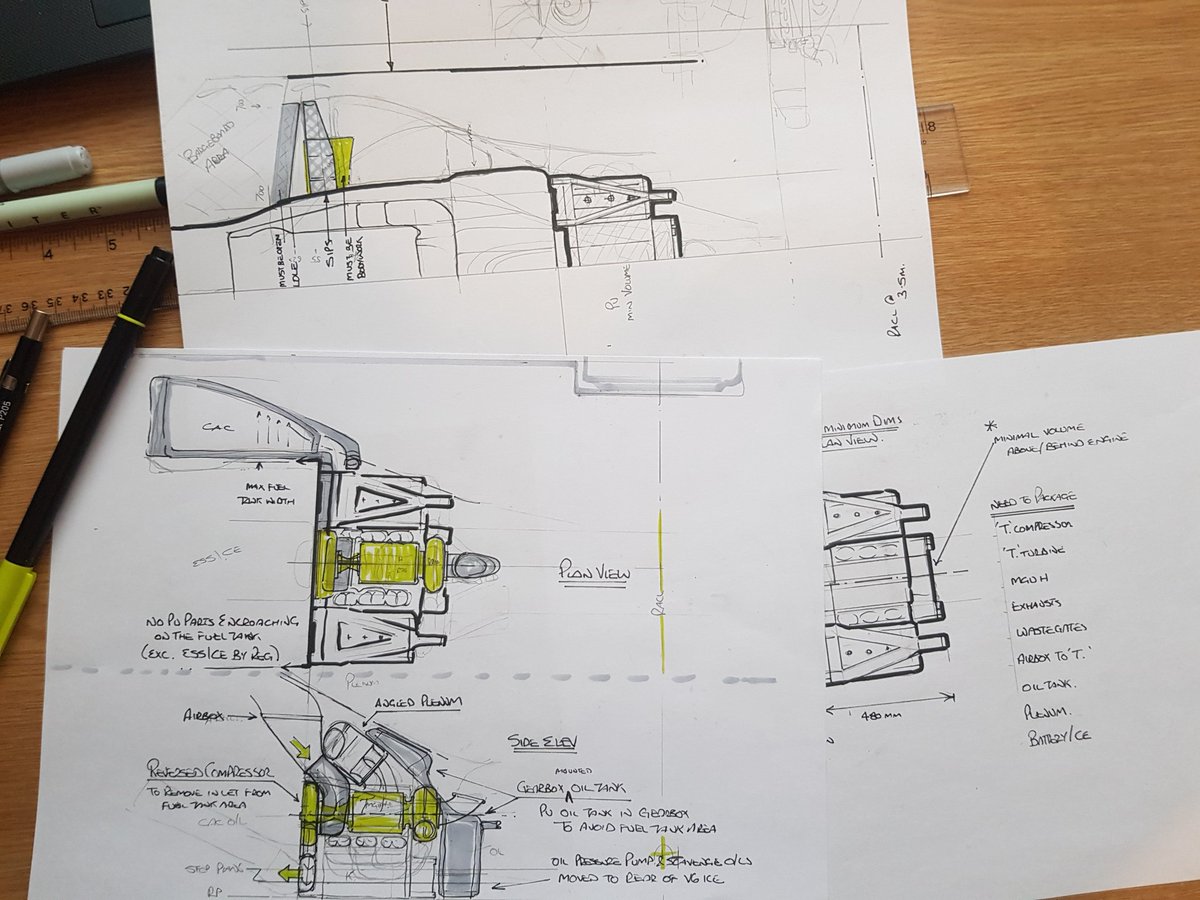erikejw wrote: ↑06 Feb 2019, 20:50
My own creative suggestion for optimal use of the energy storage.
Teams are allowed to use battery energy to keep the turbo turbine run at an optimal rotation.
Is it possible to use battery energy in short bursts to "turboload" (extra load) the turbo to gain additional hp where it is most beneficial.
My idea originates from the Ferrari last year, that it gained hp in the early acceleration phase when it was not traction limited. That phase is most important to gain laptime in an engine related way since you'll keep the extra speed all the way until breaking.
Maybe that's why other teams was suspicious last year?
Maybe thats why Ferrari had two batterys and needed double measurements. One for the mgu-k limit, the other for energizing the turbo and keep track of energy usage, maybe the two mgu-k and turbo load need different energy storage for optimisation of the different use cases.
1. Is it allowed?
2. Is it a viable working solution?
3. Do any team use it as of today?
1. Yes it is allowed.
2. Yes.
3. Yes. It is called electric supercharger mode, quali mode, balls-out mode . . .
Extra boost does not make extra horsepower in these engines. Extra boost increases airflow into the engine but the rules do not allow the extra fuel needed to combust with that air. Electric Supercharger Mode (ESM) increases power by eliminating exhaust back pressure - reducing pumping work on the exhaust stroke while retaining the beneficial pumping work of the intake stroke. In theory the BMEP of the PU will increase by an amount equal to the improvement in pressure drop across the engine. For example if the usual manifold pressure (MAP) is 5 bar absolute and the usual exhaust back pressure (EAP) is 4 bar absolute (a differential of +1) and ES mode reduces EAP to 1 bar while retaining 5 bar MAP (differential = +4), the BMEP of the PU will increase by about 3 bar - a power increase of about 8.5%
It is possible the teams run higher boost in ESM to create a bigger increase still.
ESM is very energy hungry and depletes the ES rapidly.

